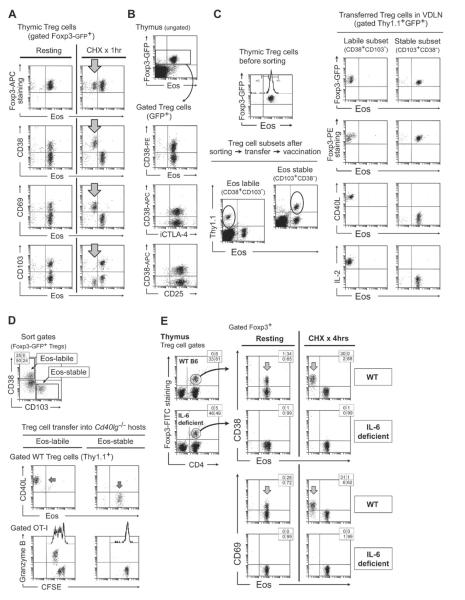Figure 3. A specific subset of Treg cells with the ability to reprogram is identified by labile Eos expression at rest.
(A) Thymic cells from Foxp3GFP mice were disaggregated and incubated with cycloheximide (CHX) or vehicle control (“resting”) for 1 hr in vitro as described in Supplemental Procedures, then stained for Eos vs. cell-surface markers. Arrows indicate the Eos-labile subset. Representative of 15 similar experiments, using both Foxp3GFP and WT B6 mice.
(B) Resting thymic Treg cells showed similar expression of Foxp3, Eos, intracellular CTLA-4 and surface CD25 between CD38+ (Eos-labile) and CD38NEG (Eos-stable) subsets.
(C) Thymic cells from Foxp3GFP-Thy1.1 donors were incubated with CHX for 1 hr to improve separation of sorting markers, then Treg cells sorted into Eos-labile (CD38+CD103NEG) and Eos-stable (CD38NEGCD103+) cohorts and transferred into B6 mice. Mice were challenged with OT-I + vaccine and VDLNs analyzed on day 4. Representative of 4 experiments.
(D) Splenic Treg cell subsets were sorted as in the previous panel, and transferred into Cd40lg−/− hosts. Mice received CFSE-labeled OT-I + vaccine, and VDLNs analyzed on day 4. Representative of 5 experiments.
(E) Thymic cells from IL-6 deficient mice or WT B6 controls were tested in a 4 hr CHX assay, then stained for CD38 and CD69 as markers of the Eos-labile Treg cell subset. Examples of the Foxp3 gating for each strain are shown at left.
Each panel representative of at least 3 experiments, or as noted. See also Figure S3.

